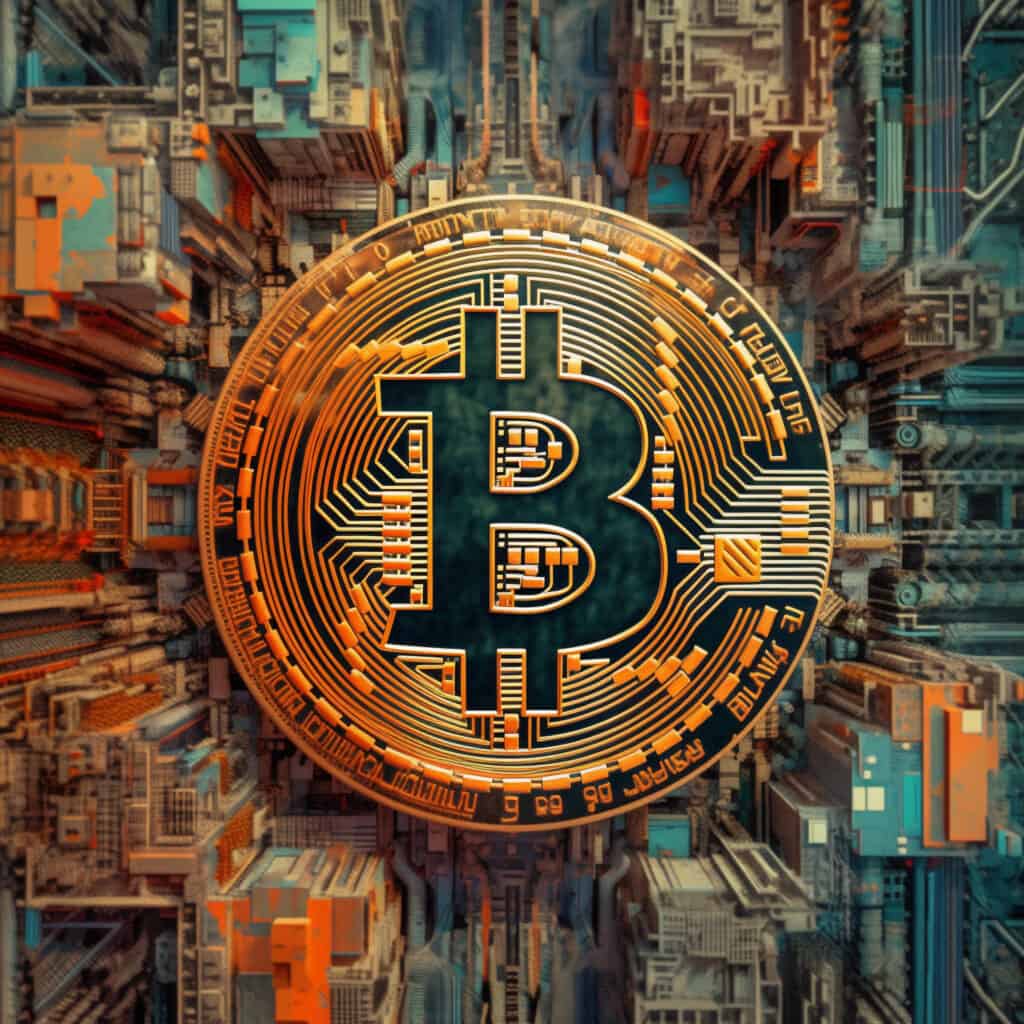Quick Answer:
Bitcoin transactions are confirmed by miners who prioritize transactions based on the fees paid. Transactions enter a mempool awaiting confirmation, and typically, 6 confirmations from different miners are needed for a transaction to be considered reliable, which can take about an hour.
Unconfirmed transactions may be due to low fees, recent submission, or an overloaded network. Users can check their transaction status using a Bitcoin Explorer.
To address unconfirmed transactions, users can employ strategies like the Replace By Fee (RBF) protocol to increase the fee, the Child-Pays-for-Parent (CPFP) protocol, or double spending with a higher fee to invalidate the initial transaction. However, if you’re receiving Bitcoin, your only option is to wait as the sender is responsible for the transaction fee.
Understanding these mechanisms and using the appropriate strategies can help users ensure their Bitcoin transactions are confirmed more efficiently and avoid unnecessary delays or fees.
Media
Bitcoin transactions are messages digitally signed using cryptography and sent to the Bitcoin (BTC) network for confirmation. They’re stored on the digital ledger known as blockchain and are publicly available. Compared to regular money transfers, Bitcoin transactions are a faster and more reliable means of exchange.
Once you send your Bitcoin transaction, you must wait for its confirmation. The confirmation is done by miners who benefit from the small fee (miner fee) in return. This means that if you pay a high enough fee for the transaction, your transaction will get cleared faster because the miner will give preference to it due to the higher fee.
But, what happens to an unconfirmed Bitcoin transaction? In this article, we’re going to explain how the miners confirm bitcoin transactions and the number of confirmations a transaction needs in order to be reliable. We’ll go over the things you can do to change the status of your transaction from unconfirmed to confirmed, discuss why your transaction wasn’t confirmed in the first place, and whether or not you can cancel it.

How Are BTC Transactions Confirmed?
First of all, you need to know that a transaction is a piece of information mailed to the network that consists of a public key of the Bitcoin address, the sending amount of Bitcoins, a signature that correlates with the private key, and the recipient’s address.
When broadcasted to the blockchain network, every outgoing transaction destination is a memory pool known as mempool, where the Bitcoin transactions wait for confirmation with other Bitcoin transactions.
The next step of the confirmation is done by the miners. They pull out the transaction from the mempool and confirm the sender’s address, i.e. check its authenticity and whether the sender has enough resources for them to be able to carry out the transaction or not.
The miners confirm this new transaction by timestamping it on a block before that block is attached to the blockchain. The purpose of the new block is to insert all previous data on the blockchain in order to make it difficult to fake, forge, or alter a transaction.
There are a number of confirmations that Bitcoin transactions need to have in order to be considered reliable.
Different crypto platforms require different numbers of confirmation. For example, Coinbase asks for three confirmations because there is always a possibility that the first confirmation isn’t solid enough. Other crypto exchanges ask for more confirmations.
The Bitcoin network looks for a minimum of 6 confirmations from 6 different miners in order to accept a transaction with a realistic risk burden.
You might ask yourself, how long does it take to get 6 confirmations for the transaction? For 6 confirmations, the standard Bitcoin transfer takes approximately one hour.
To get faster confirmation of the transaction, some users use a Bitcoin transaction accelerator. It’s a software that allows the user to understand what is the optimum price at which your transaction will be processed in a shorter period of time. The Bitcoin transaction accelerator works only if the user pays an optimal processing fee.

Why Do Some Transactions End up Unconfirmed?
Every Bitcoin transaction can be characterized as unconfirmed, confirmed, or rejected. Above, we explained what it means for a transaction to be confirmed. If the transaction is rejected, it means that the miner detected that the coins in the sender’s address have been used previously or that these coins aren’t enough.
In comparison, unconfirmed transactions are transactions that are waiting for confirmation.
The unconfirmed transactions continue to exist in the mempool and they are waiting there to be pulled out by the miners. Unconfirmed transactions can stay there indefinitely, i.e. until they are pulled out and a miner confirms or rejects them.
There are several reasons why your BTC transaction may end up unconfirmed:
- The transaction is very recent. The Bitcoin network requires a minimum of 10 minutes to include the BTC transaction on the blockchain.
- You paid a very small fee. The lower the transaction fee is, the lower the miners’ priority to verify your transaction first.
- The Bitcoin network is overloaded. If the network has been overwhelmed with transactions at the time you sent yours, there’s a chance it will take longer to get that transaction verified.
Every time you send a new transaction, you get a transaction ID that allows you to check your transaction details by putting your transaction ID or Bitcoin wallet address in Bitcoin Explorer. This website lets you check how many blocks have been confirmed so far and how many of them are still pending.

What to Do With Unconfirmed Bitcoin Transactions
If the transaction status stays unconfirmed for a long time, the user has two options. The first one is to cancel the Bitcoin transaction and the second one is to try to push the unconfirmed Bitcoin transaction out of the mempool with one of the next methods:
Replace By Fee (RBF) protocol
You can replace the first transaction with a transaction that has a higher fee. By doing this, you increase the chance that a miner will pick up your transaction. Many cryptocurrency wallets, such as Electrum, enable the RBF protocol.
Child-Pays-for-Parent (CPFP) protocol
This protocol allows the receiver to broadcast the same transaction but with a different fee, moving the low fee transaction at the top of the mempool. One of the numerous crypto exchange that uses this protocol is Coinbase.
Double spending method
Another thing you can do is send a new outgoing transaction that has the same amount of cryptocurrency as the first transaction but with a fee that’s considerably higher. When the transaction gets pulled out by the miners, the original unconfirmed transaction becomes invalid. This method is called double spending and you can use it if you’re unable to put the transaction on the top of the mempool using the RBF protocol.
The incoming transactions that haven’t been confirmed yet depend only on the sender. If you’re on the receiving end, the only option for you is to wait. The transaction fee that has to be paid in order for you to receive the transaction is the sender’s responsibility. The value of an incoming transaction will only count towards your balance after a miner confirms it.
A Few Words Before You Go…
This is, simply put, how the mechanism that confirms the Bitcoin transactions works.
Hopefully, the data that we presented will help you better understand what will happen if a Bitcoin transaction isn’t confirmed and how to push your transaction to the top of the mempool.
Finally, now you also know what you can do to get your Bitcoin transactions prioritized and how you can avoid double spending on transaction fees.





